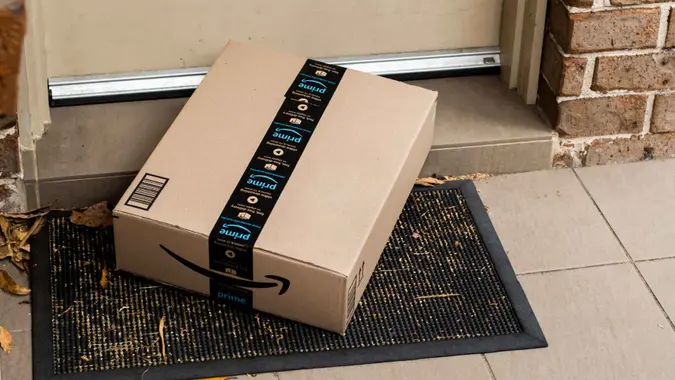ChatGPT’s Smart 7-Step Strategy for Building an Emergency Fund

Commitment to Our Readers
GOBankingRates' editorial team is committed to bringing you unbiased reviews and information. We use data-driven methodologies to evaluate financial products and services - our reviews and ratings are not influenced by advertisers. You can read more about our editorial guidelines and our products and services review methodology.

20 Years
Helping You Live Richer

Reviewed
by Experts

Trusted by
Millions of Readers
Few personal finance rules are as important as the one about building an emergency fund. In fact, this might be the most important account in your portfolio, with the possible exception of retirement savings.
An emergency fund is usually kept in a dedicated savings account with a balance big enough to cover several months’ worth of expenses. It serves as a financial cushion in case you lose a job, face a medical emergency or get hit with a large, unexpected expense.
Most financial advisors strongly recommend establishing an emergency fund. Unfortunately, many people ignore the advice. A survey conducted by U.S. News earlier this year found more than two in five Americans (42%) don’t have an emergency fund. A similar percentage couldn’t cover a $1,000 emergency expense with their cash or savings.
So what’s the best way to save for an emergency fund? We asked ChatGPT, and it provided the following step-by-step guide.
1. Set a Target Amount
The basic rule for emergency funds is to save enough money to cover three to six months’ worth of essential expenses. These expenses typically include housing, groceries, utilities, insurance and transportation.
You don’t need to deposit a ton of money to get an emergency fund up and running. Even if you start with only $100 or so, the important thing is you take the first step and contribute regularly.
2. Open a Separate, High-Yield Savings Account
Be sure to keep your emergency fund separate from your checking account to avoid accidental spending. You should also keep it separate from other savings accounts so it’s easier to track and manage.
Choose a high-yield savings account to ensure the best interest rate and grow your money faster. The account should be protected by either the Federal Deposit Insurance Corporation (for banks) or National Credit Union Administration (for credit unions).
The account should also be easy to access — though not too easy.
3. Automate Your Savings
ChatGPT recommended setting up automatic transfers into your emergency fund from your checking account every payday. Treat it like a non-negotiable bill, just like your electric or phone bill.
4. Cut Costs and Redirect Savings
If your income isn’t enough to ensure regular contributions to an emergency fund, then you’ll need to find ways to cut expenses and redirect those savings into the fund. Aim for small, temporary cuts to discretionary items such as dining out, subscriptions and unused memberships.
5. Put Windfalls or Bonuses Into the Fund
Whenever you receive money above and beyond your regular income, use all or part of it to build your emergency fund. This can include money from work bonuses, tax refunds, cash gifts, inheritances or even side hustles.
Using windfalls to help build your emergency fund accelerates your savings without cutting into your budget.
6. Use the Fund for True Emergencies Only
You should only tap into the emergency fund if you need the money for true emergencies, whether it’s a job loss, family emergency, medical emergency or car/home repair that can’t be put off.
Don’t use the fund for discretionary spending on vacations, shopping or expensive nights out. These are “wants,” and the fund should only be used for “needs.”
7. Review and Adjust the Fund as Needed
As with any financial account, your emergency fund might need to be adjusted as your expenses or life situation changes. It’s a good idea to check your financial progress monthly or quarterly to see if you need to change the amount of money you contribute to the emergency fund.
More From GOBankingRates
 Written by
Written by  Edited by
Edited by 

























